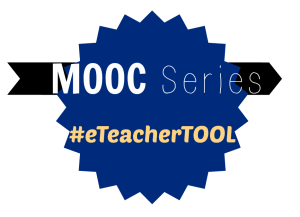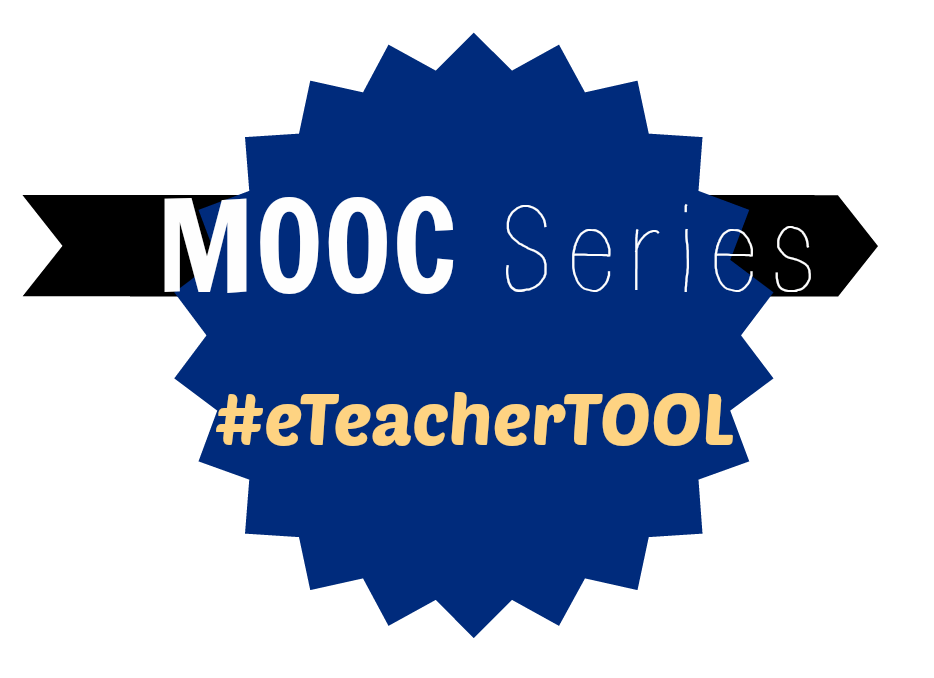This post is one in a series for a MOOC. You can find similar posts searching under the Category MOOC or searching for hashtag #eteacherTOOL for more about this particular MOOC.

Learning Management Systems have many predictable components/tools:
- Content Creation tools
Learning Object Repository (LOR), HTML editor, WYSIWYG editor, drag and drop editor
- Assessments
Questions, quizzes, tests, question bank, test bank
- Communication tools
blog, wiki, email, SMS, chat, whiteboard, Video/audio conference
- Between teacher~parent
- Between student~teacher
- Between student(s)~students(s)
- Administration tools
Modify roles/permissions, modify dates of courses/enrollments, copy courses, edit/enroll users, and anything else which needs to be done!
Effective online instruction can be impacted by many of the above features. The benefits of some of these features are easier for the organization to control and some benefits are easier for the individual teacher to control.
The organization can make sure the district AUA/AUP support and do not prohibit any of the communication tools enabled in the LMS. And if some are prohibited they could edit the availability of these tools to manage parental and instructional expectations. The organization can work to provide documentation in advance of any introduction, upgrades, or major launches in multiple formats accessible by all stakeholders.
The individual teacher can educate him/herself in advance of beginning instruction in an LMS. By learning about the possibilities of the LMS the teacher can predict which tools may/may not support his/her teaching environment. The teacher should align his/her instruction to the tools which work for his/her teaching environment and then make sure to clearly explain at the start of the course the expectations for participation, troubleshooting, and any available alternatives.






Leave a Reply